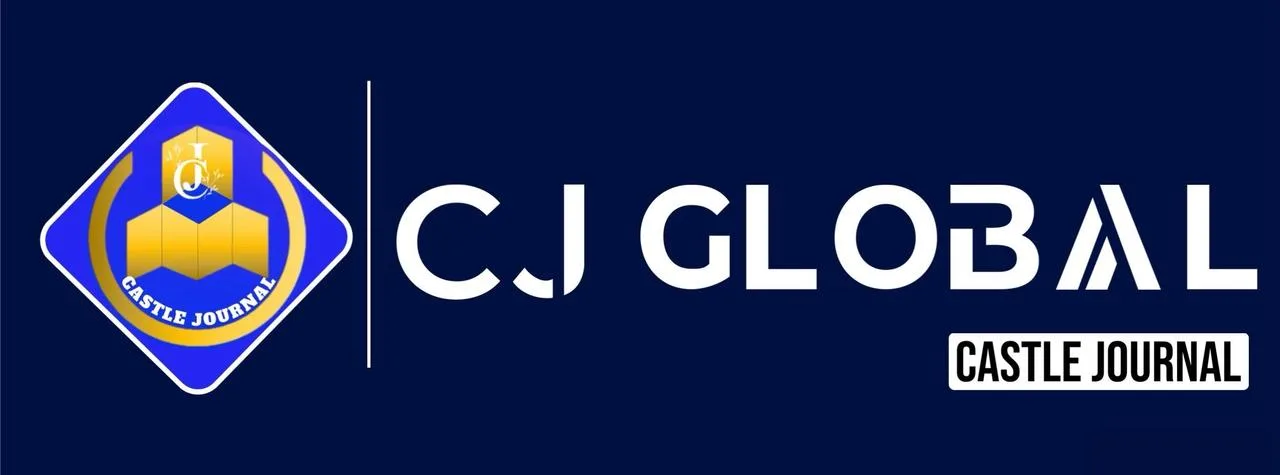US Federal Reserved Rate Cuts End Balance Sheet Runoff , But Trade Tariffs Cast Long Shadow Over Global Growths
Washington- USA
The global economy is currently navigating a treacherous and uncertain path, marked by a rare and complex divergence of major economic forces.
Global economic jitters are rising as central banks, led by the US Federal Reserve (Fed), finally pivot toward rate cuts and ease restrictive monetary policy, attempting to cushion slowing growth and address emerging labor market vulnerabilities.
Simultaneously, however, a new wave of protectionist measures, including escalating trade tariffs, is casting a long and darkening shadow over global growth prospects, creating a volatile environment for businesses and investors worldwide.
The simultaneous pursuit of domestic monetary easing and international trade restrictions presents a deeply contradictory set of economic signals, demanding a nuanced and cautious response from policymakers across the Castle Journal’s readership.
The Fed’s Pivotal Move and Easing the Balance Sheet Runoff
The primary driver of recent market movements is the Federal Reserve’s decision to continue its path of lowering the benchmark federal funds rate, bringing the target range down to 3.75%-4.00% as of its last meeting.
This move, a reversal of the aggressive hiking cycle of the past two years, signals the central bank’s belief that inflation is sufficiently under control and that the greater risk now lies in a significant labor market deterioration.
Even more consequentially, the Fed announced the conclusion of its balance sheet runoff (quantitative tightening) effective December 1st.
This marks the end of a long-running process that drained liquidity from the financial system. By stabilizing the size of its balance sheet, the Fed has removed a significant source of passive monetary tightening, aiming to ensure sufficient reserve levels within the banking system and stabilize short-term money markets.
For the first time in several years, the central bank’s posture is now decisively less restrictive. The hope is that lower borrowing costs will stimulate investment, ease debt burdens for consumers and corporations, and inject momentum into slowing sectors like housing and manufacturing.
However, this doveish shift is occurring amid a deeply divided policy committee, with “hawks” arguing that sticky wage growth and robust core inflation remain a threat, suggesting the battle against inflation is not yet fully won.
The Shadow of Tariffs and Trade Fragmentation
Contrasting sharply with the monetary easing is the continued and accelerating trend toward global economic fragmentation driven by trade policies.
Uncertainty around the imposition of new tariffs—especially those threatened or implemented by the US on imports from countries like China, Mexico (particularly steel), and others—is fundamentally altering global supply chains and trade relationships.
The impact of rising trade barriers is twofold:
Increased Costs and Inflation:
New tariffs act as a tax on imports, which businesses often pass on to consumers. This directly undermines the disinflationary efforts of central banks, creating a confusing environment where the Fed is cutting rates to fight domestic labor market weakness, while trade policy is pushing up import-driven inflation.
Investment and Growth Stagnation:
Increased policy uncertainty causes businesses to delay capital expenditure and long-term investment decisions. This is evident in reports showing declining fixed-asset investment in major economies, such as China, which is facing its own structural slowdown.
Furthermore, the OECD projects global growth to slow to 2.9% in both 2025 and 2026, driven primarily by decelerating growth in major economies like the US and China, with trade tensions being a major contributing factor.
The current economic landscape is characterized by a “new, more mercantilist era,” as experts describe it, where trade and fiscal policy are taking centre stage over traditional monetary tools.
Headline Points for CJ Global Readers
Fed Pivot Confirmed:
The US Federal Reserve has delivered its second consecutive rate cut (to 3.75%-4.00%) and announced the end of its balance sheet reduction, aiming to support a softening labour market.
Liquidity Boost:
Ending the balance sheet runoff is a significant technical shift, injecting stability into money markets and marking a less restrictive monetary stance for the world’s largest economy.
Trade Threat Looms Large:
Rising global trade tariffs, particularly from the US, are creating inflationary headwinds and discouraging business investment, directly counteracting the positive effects of lower interest rates.
Contradictory Policy:
The simultaneous pursuit of monetary easing (cutting rates) and trade tightening (raising tariffs) creates extreme policy uncertainty, making economic forecasting highly challenging.
Weakening Growth Outlook:
International organizations are projecting a continued slowdown in global growth for 2025 and 2026, with trade friction and high geopolitical uncertainty cited as key downside risks.
The overarching theme for the next year remains tenuous resilience amid persistent uncertainty. While lower interest rates may provide short-term relief, the fundamental restructuring of global trade due to tariffs presents a structural headwind that no amount of rate cutting can easily overcome.
